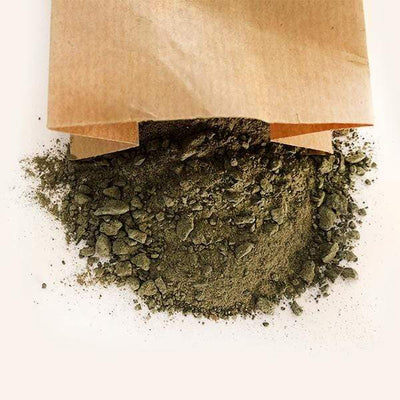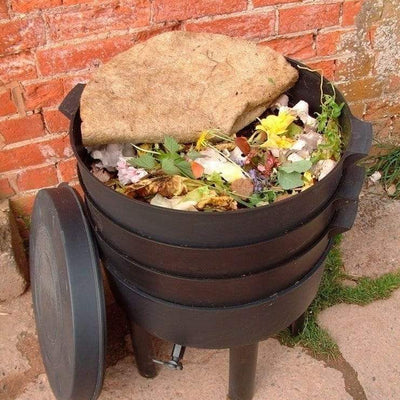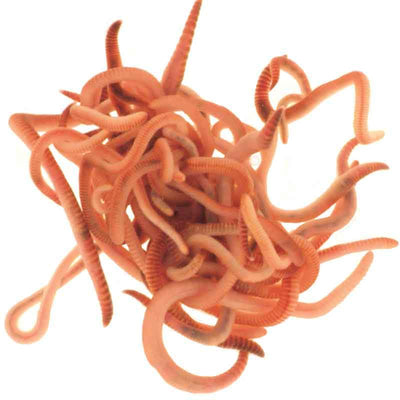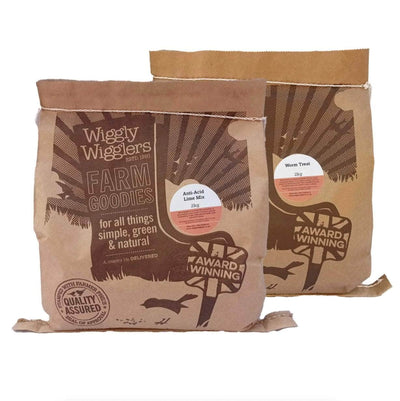Barley straw controls algae by releasing small amounts of hydrogen peroxide as it decomposes in water. This gradual release of hydrogen peroxide, a natural oxidising agent, inhibits algae growth without harming fish, plants, or beneficial bacteria. It is most effective as a preventative measure, ideal for application before algae begin to proliferate in the warmer months.
Starting adding barley straw in early spring and summer is a good idea as temperatures start to rise, ideally before algae have a chance to grow. Most ponds aren’t very big so for a small pond use a small bag of Barley straw and replace 2 – 3 times a year and for a larger pond (up to 6m x 3m) using one bag of Barley Straw and replacing 2 – 3 times a year will really help.
Your pond is just one part of the barley straw story at Lower Blakemere Farm…
Barley straw is an incredibly versatile resource that we produce right here at Lower Blakemere Farm. Not only is it fantastic for maintaining your pond by naturally helping to keep the water clean, but it also serves as bedding for our cattle during the colder months when they are in the cowshed. This is just the beginning of its journey.
Our approach to using barley straw is an example of circular farming and regenerative agriculture. In circular farming, every part of the production process is reused or recycled, forming a continuous cycle that reduces waste. Regenerative agriculture goes a step further by enhancing and restoring the health of the farm ecosystem. This approach helps improve soil fertility, increases biodiversity, and can even help combat climate change by capturing carbon in the soil.
Here's how it works on our farm: After harvesting the barley for seed—which is sent to merchants to grow barley on other farms—we use the remaining straw to bed our cattle. Over the winter, we enrich this bedding in situ with LIVE Bokashi Bran or our liquid Mother Culture packed with beneficial microbes. The cattle then play their part by treading down the straw and manure mixture, which we later compost and spread on our fields. This not only provides nutrients to grow the next crop but also completes a natural cycle that enhances the sustainability of our farming.

Cattle are an integral part of our farm’s ecosystem, especially when they are grass-fed. Contrary to popular belief, grass-fed cattle contribute far less methane compared to those in feedlots because their grazing patterns and diet promote healthier digestion. In fact they play a crucial role in sustainable agriculture by maintaining the health of grasslands and reducing greenhouse gas emissions. So, supporting grass-fed cattle farming not only helps in defending the reputation of cows but also contributes to a healthier planet. Check out Farm Theory explanation of carbon and cows… https://www.youtube.com/watch?v=cmtW9ckRqt0 It’s well worth 3 minutes of your life.






